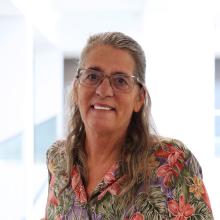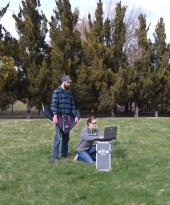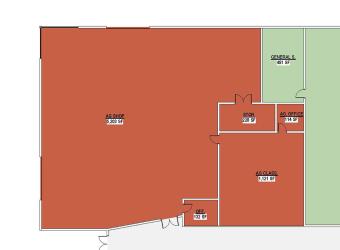Staff



Agriculture is the flagship program at Northeastern. The Precision Agriculture area of study within the program addresses a burgeoning need to produce skilled professionals for this critical component of modern agriculture. For example, Deere & Co. (manufacturers of John Deere branded products) recently released a tractor model with facial (or plant) recognition software. The software uses a camera to “recognize” weeds in the tractor’s path and precisely apply herbicide only to those invasive or undesirable plants. This is just a glimpse into the potential of precision agriculture technologies and opportunities for Northeastern to teach needed skills with their use.
The proposed 6,552 square foot space allotted for the program will allow students to retrofit a farm tractor with GPS, automated steering and other technologies. They will be able apply geospatial technologies, including geographic information systems (GIS) and Global Positioning System (GPS), to agricultural production or management activities, such as pest scouting, site-specific pesticide application, yield mapping, or variable-rate irrigation. May use computers to develop or analyze maps or remote sensing images to compare physical topography with data on soils, fertilizer, pests, or weather.

Employment of agricultural and food scientists is projected to grow as research into agricultural production methods and techniques continues. Challenges such as population growth, increased demand for water resources, combating pests and pathogens, changes in climate and weather patterns, and additional demand for agriculture products, such as biofuels, will continue to create demand for research in agricultural efficiency and sustainability.
Animal scientists will be needed to investigate and improve the diets, living conditions, and even genetic makeup of livestock. Food scientists and technologists will work to improve food-processing techniques, ensuring that products are safe, waste is limited, and food is shipped efficiently and safely. Soil and plant scientists will continue to try to understand and map soil composition. They will investigate ways to improve soils, to find uses for byproducts, and selectively breed crops to resist pests and disease, or improve taste.


